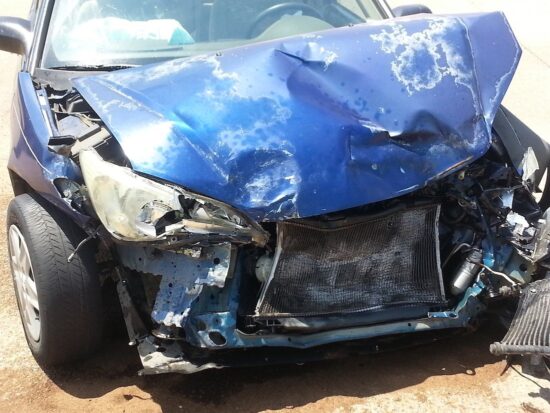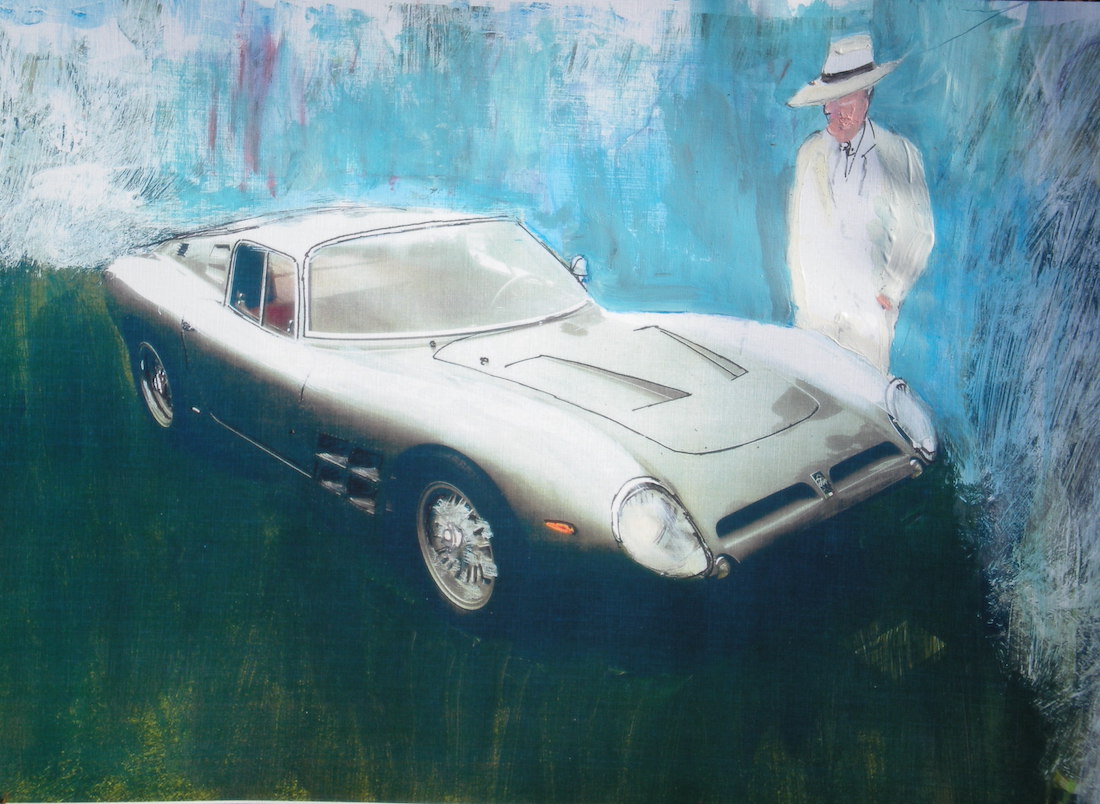A vintage car comes with pride and responsibility. During an accident, choosing to replace or repair it is more than just about money. It is about weighing the financial costs against preserving history and emotional connection. Below is a comparison of both options and valuable insights on how to balance the car’s legacy and your wallet.
1. When Rebuilding Makes Sense
Repairing a vehicle is beneficial if it has a strong sentimental value. For example, rebuilding enables you to preserve the car’s character if the frame is still intact and parts are readily available. Many vintage vehicles also hold value because they have been cared for and passed through several generations. Repairing your old one allows you to maintain its authenticity with original parts and matching numbers.
Some classic cars appreciate in value after professional restoration. A careful and comprehensive repair can turn accident damage into an investment. But this comes with its restoration costs and risks. For instance, getting matching parts and a specialized mechanic can be challenging. This makes repairing more expensive than buying a new one. Accidents can also lead to hidden damage that may not appear immediately. This can cause future safety risks, which makes rebuilding a tricky path.
2. When Replacing Becomes the Better Option
Replacing the damaged car is worth it when the damage is too serious and the repair costs are high. For example, the incident can lower the structural integrity and safety features, or sourcing parts can become challenging. In this case, replacing a vintage car allows you to get a new model with modern features and fewer maintenance costs. Many newer versions also have better fuel efficiency, which saves gas money and reduces carbon footprint.
Insurance companies can determine if you deserve a car replacement or rebuilding. For instance, if you have collision coverage, the insurer may provide compensation for a total loss. This allows you to get a new vehicle, particularly if the repair costs exceed the car’s market value. Without a collision policy, you may need to pay for the damages yourself or rely on the at-fault party’s insurance. However, this is only after proving liability in a car accident, which makes the at-fault driver responsible for replacement.
3. Balancing Cost and Emotion
Deciding to repair or replace a classic car rarely depends on money alone. It can be hard to let it go if you have a solid connection with the vehicle. That is especially true even if repair costs are more than the car’s market value. But your emotions should not override the safety reasons. The point is to weigh personal attachment against long-term practicality.
Balancing costs and emotions starts with listing what matters most about the car. This can include preserving authenticity, character, and drivability. Then, determine how these factors compare with the actual costs of repairing or buying a new model. Restoring is wise if it meets your emotional and financial limits. However, if you find yourself constantly battling safety and limited resources, it might be time to replace.
Endnote
Every vintage car deserves thoughtful care and knowing what story it carries. Rebuilding it enables you to keep that story alive for years. Meanwhile, replacing it gives a fresh start with improved safety features and manageable maintenance costs. The smartest decision is the one that respects your car’s story without sacrificing your safety or finances.



Speak Your Mind